Everything you need to know about soapstone countertops – the on-trend dark, durable and affordable natural stone
Soapstone countertops are an emerging material to know about, offering a dark, unique, and more durable natural stone option
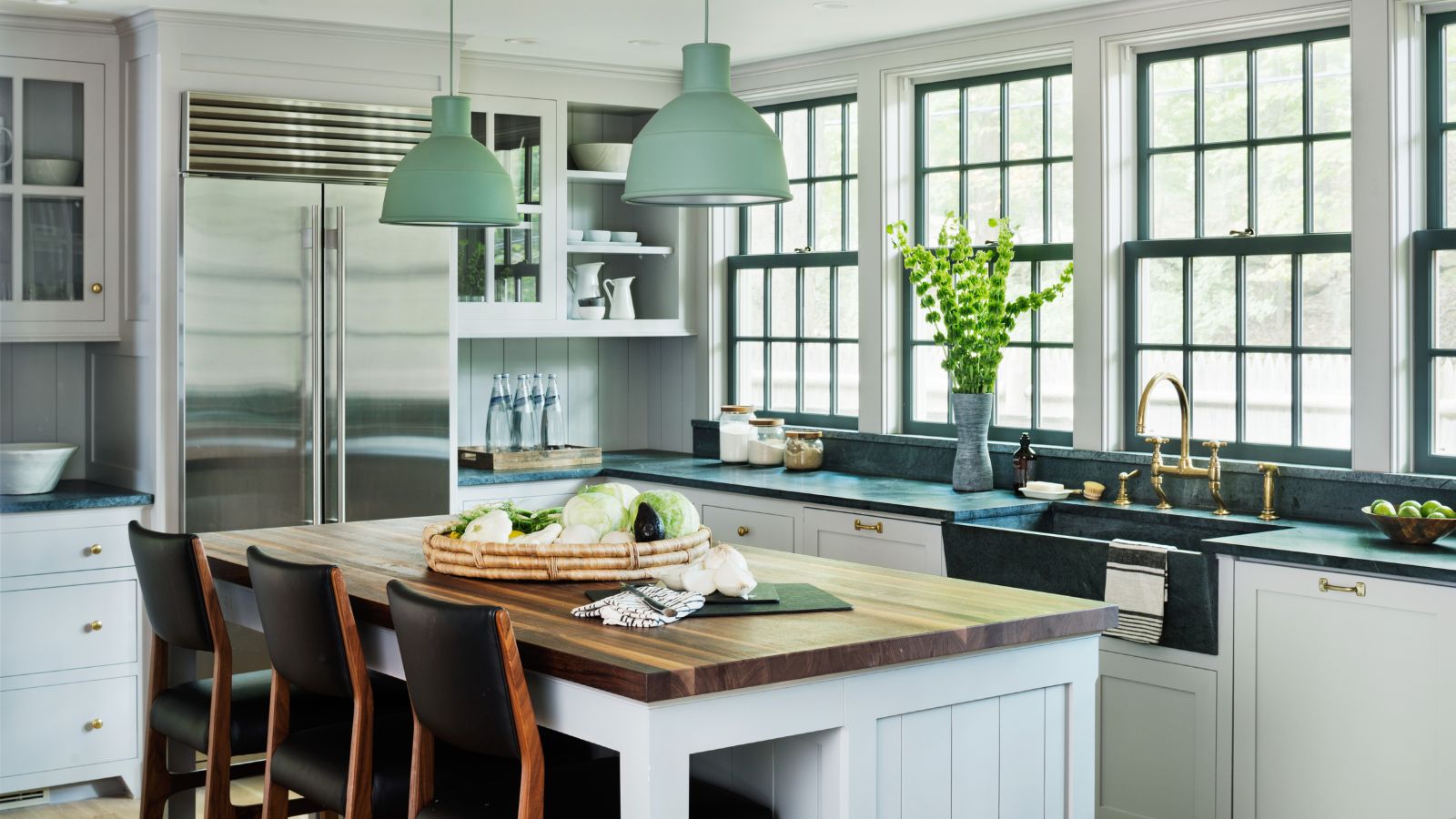

Choosing the right materials for your kitchen is an important decision. It's crucial to not only the functionality of your scheme but also to the aesthetic of the overall design.
Your kitchen countertops are perhaps the most important when it comes to blending practical and visual needs. The countertop material you choose needs to look beautiful in your scheme while withstanding the everyday wear and tear. And one option that's becoming increasingly popular is soapstone countertops.
But what exactly is the appeal of this emerging countertop material and are they a good choice? We've turned to designers who have worked with them to get the low down on everything you need to know about soapstone countertops.
What's the appeal of soapstone countertops?
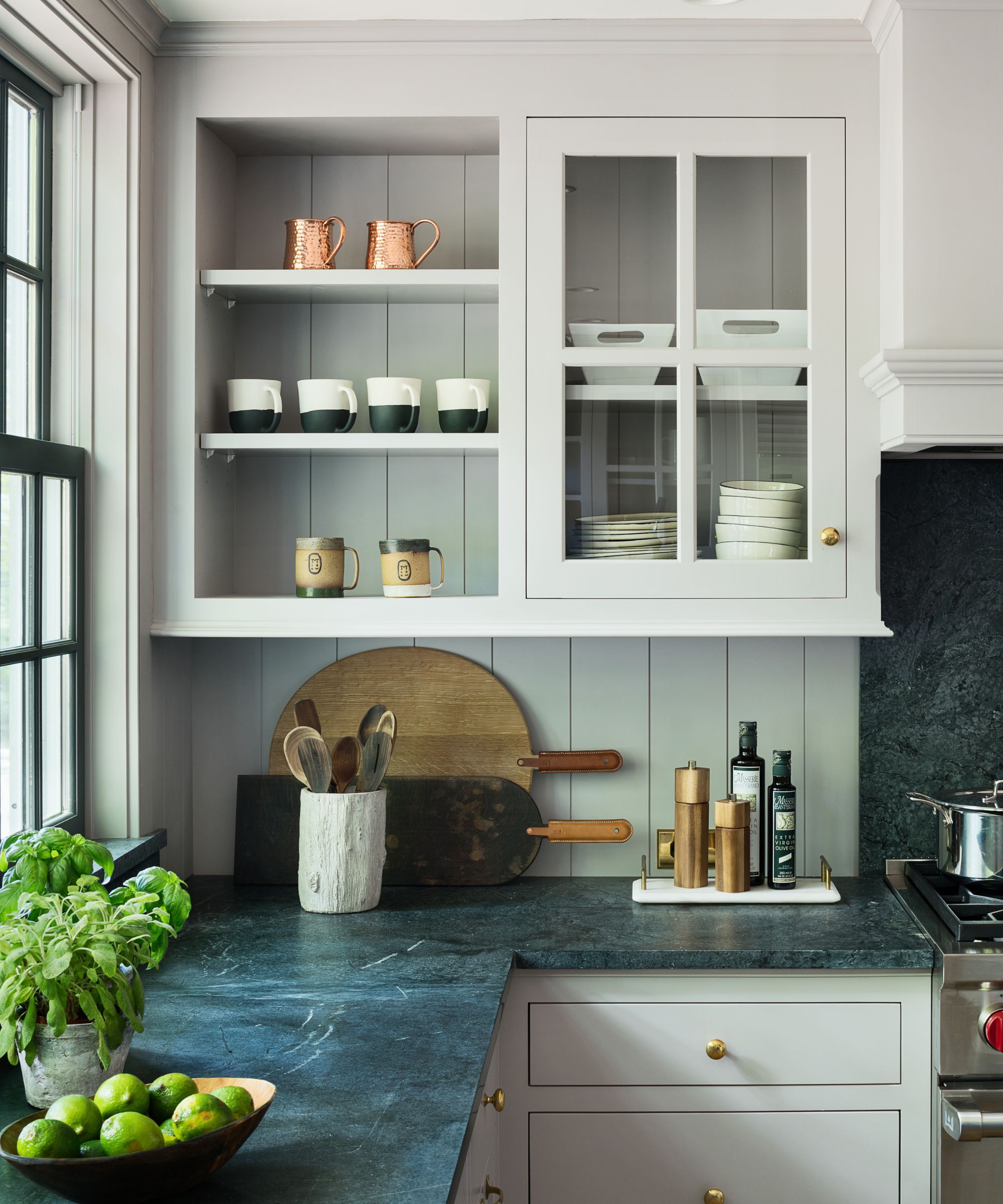
Dark and textured, soapstone is slowly becoming one of the staple countertop materials as an alternative to marble or granite. A natural stone that usually comes in deeper tones of light gray to black, it's a great material to make a statement in your design.
'Soapstone countertops are admired for their smooth, matte finish and natural heat resistance, making them both functional and stylish. As they age, they develop a unique patina that adds depth to a space, creating a distinctive character that only improves over time,' says Andrew Hays, founder of Cabbonet.
One of the biggest appeals of soapstone countertops is its affordability. Compared to other natural stones like the ever-popular marble, it's noticeably less expensive. But above all, its color and veining are utterly striking.
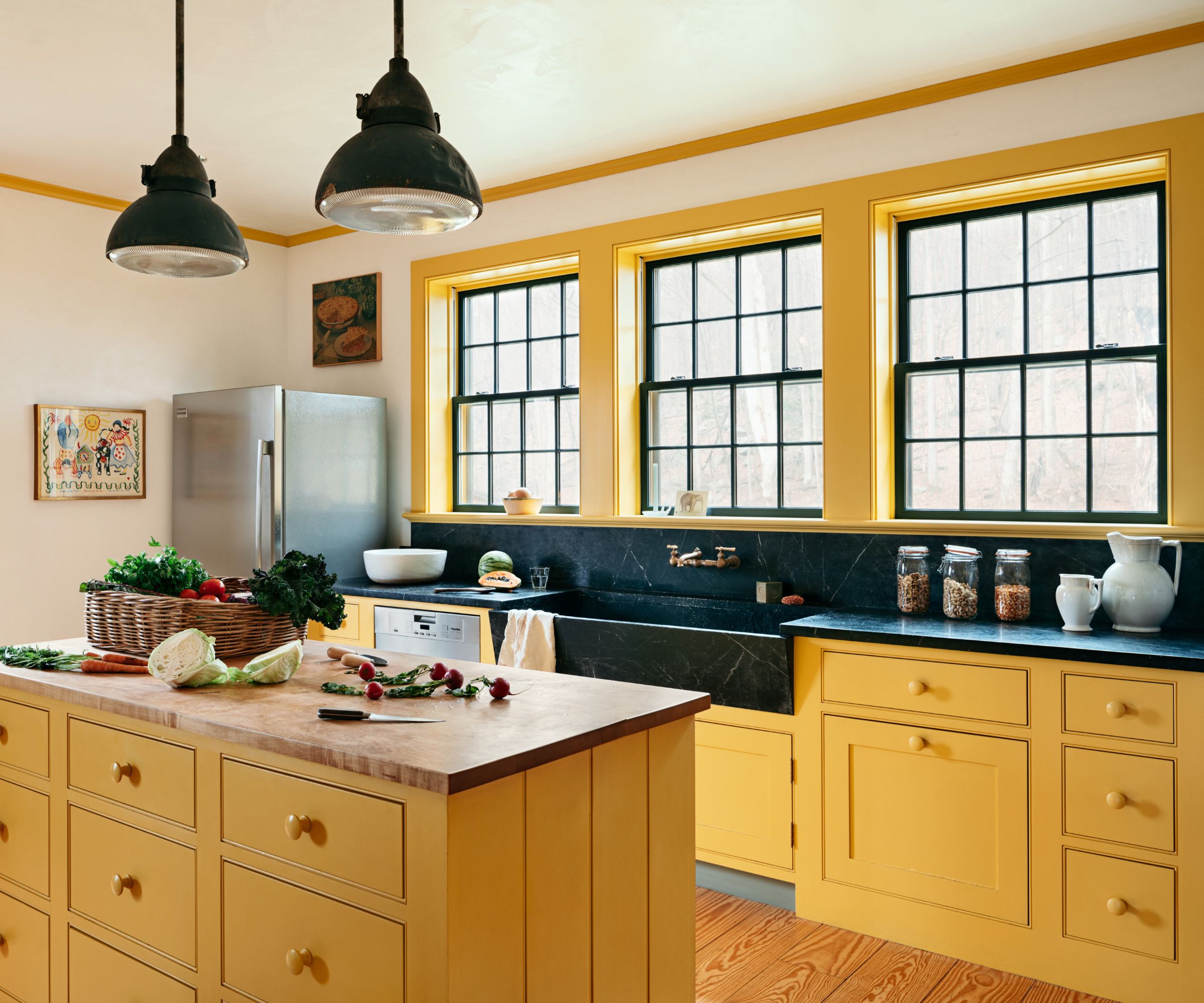
'Soapstone has beautiful veining with inherent color variation within each vein. It is also much easier to work with than marble and the stone is softer than most and therefore can be sanded smooth to eliminate scratches or blemishes,' explains Rafe Churchill, of Hendricks Churchill.
While the darker aesthetic of soapstone countertops may seem daunting to some people, they pair beautifully with many of the most popular kitchen designs and finishes.
'Soapstone complements wood, stainless steel, and marble beautifully. It also pairs well with brass or copper for a rustic, warm look that contrasts nicely with its cool tones,' adds Andrew.
What are the benefits of soapstone countertops?
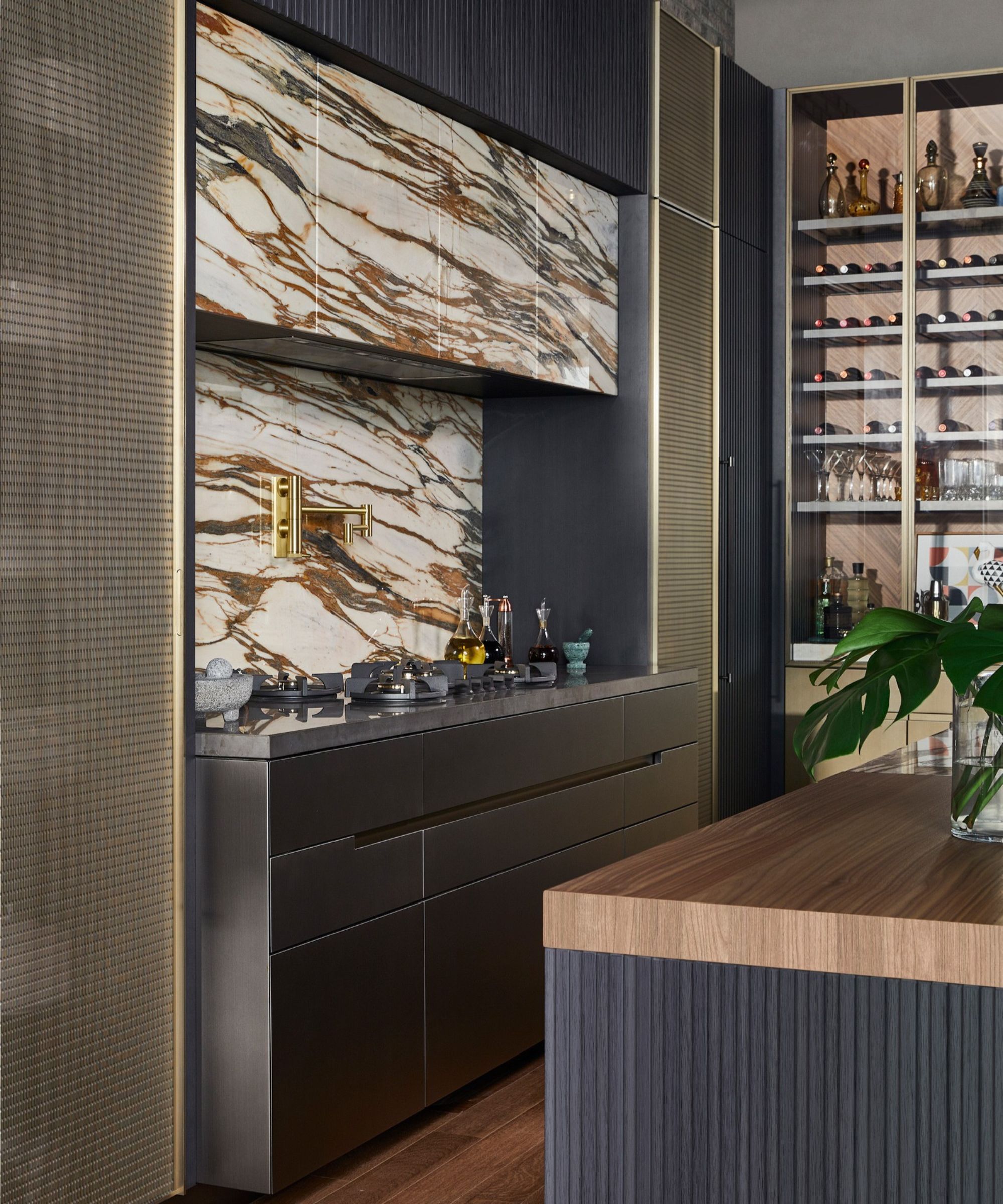
There's a reason soapstone countertops are becoming more popular – and it's not just this year's kitchen trend for more daring schemes. 'They're less expensive, easier to fabricate, and repairable with sanding,' says Rafe.
'Unlike other stone countertops, soapstone can be oiled or waxed for durability. Applying oil or wax will change the color and sheen to be much darker while enhancing the depth and variation of the veining.'
Soapstone's resistance to heat, cracking, and staining makes it a great choice for countertops, although it's still susceptible to the usual wear and tear like chipping around the edges. 'I enjoy this developing patina and believe it is essential to its aging and sense of authenticity,' says Rafe.
And he's not the only one who appreciates the way this material ages. 'Its ability to evolve over time gives it a unique aesthetic, making it a great choice for those who appreciate the beauty of natural materials that develop with use,' adds Andrew.
This slightly imperfect look can add much-needed texture to sleeker kitchen schemes. 'Soapstone's color and veining variations add to its inherently rustic appearance. The rustic nature of the stone can make a minimalist or contemporary kitchen more welcoming and simply more comfortable,' Rafe adds.
What are the disadvantages of soapstone countertops?
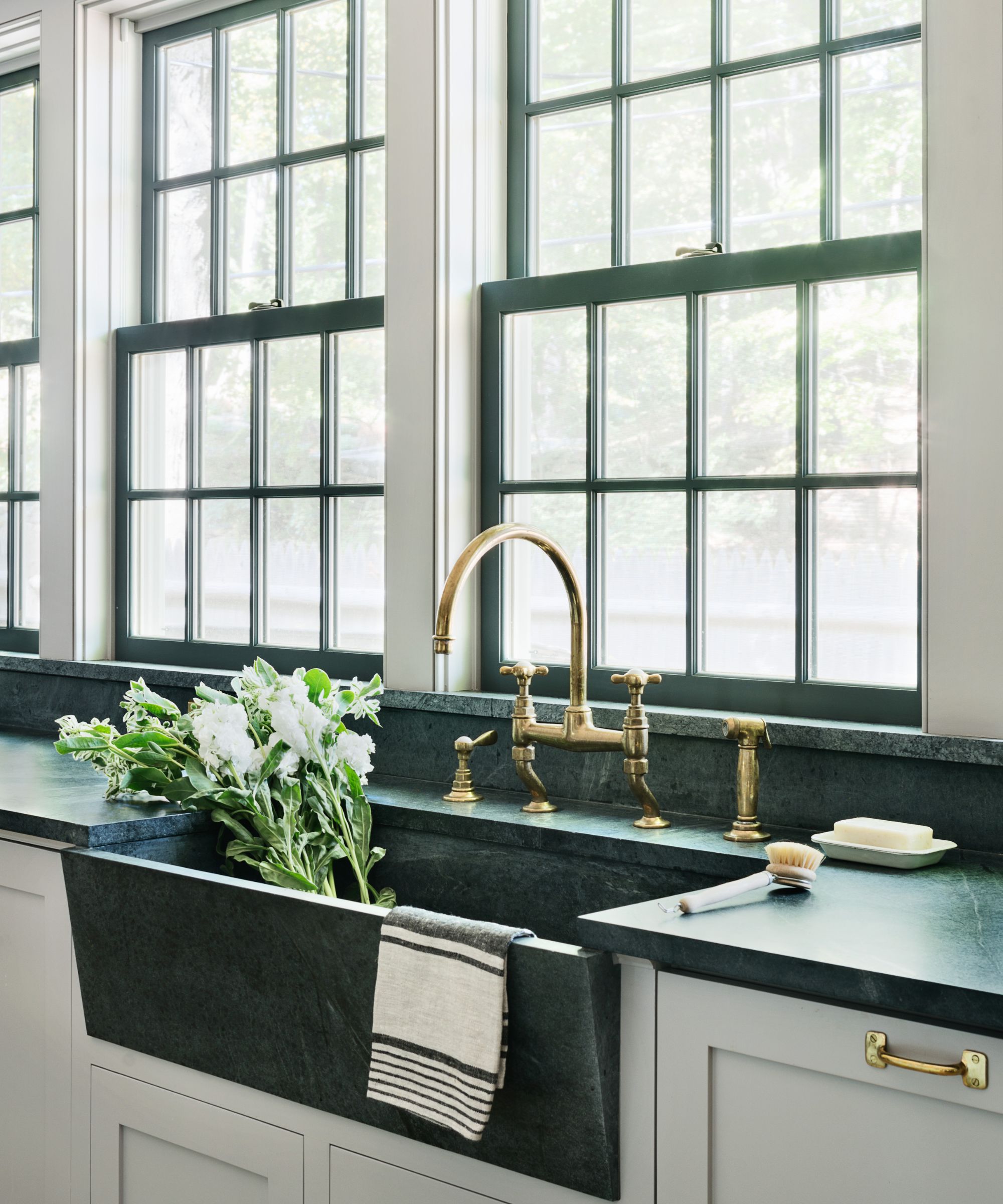
There are many benefits to soapstone countertops, both aesthetically and functionally, but there are also some disadvantages that designers say you need to be aware of before choosing them for your kitchen.
'While the soft nature of soapstone is great when making repairs, it is also more likely to show wear and damage. Like other stone materials, soapstone edge will chip around the kitchen sink and dishwasher, a patina that may not be desirable for some clients,' warns Rafe.
While the subtle marks and chips aren't a bother for some people, if you like that mark-free, good-as-new look to countertops, it's probably best to stay away from soapstone and other natural stones.
There are also obvious aesthetic limitations when it comes to soapstone countertops. Andrew notes that there is a much more limited color range on offer with soapstone, so unless you're ready to fully lean into the style and palette soapstone offers, you might not be able to find something that suits your desired kitchen scheme.
'The main downsides are its softness, which makes it more prone to scratches and dents, and it darkens as it ages, which could be a concern if you prefer a consistent look,' adds Andrew.
The verdict? Soapstone countertops are beautiful and functional – and a great alternative to higher maintenance stones like marble. Perfect for anyone who loves the look of darker countertops and embraces natural patina over time, it's a stylish option to add interest and unique appeal to our space.
However, if you're looking for a super hard-wearing countertop that won't be marked, or if you prefer brighter, lighter colors, they might not be the right choice for your kitchen. It all comes down to the overall look you want to achieve.
For a more durable option, porcelain countertops are a practical choice, or if you like the natural stone look without the maintenance, these marble countertop alternatives offer a versatile selection.
Sign up to the Homes & Gardens newsletter
Design expertise in your inbox – from inspiring decorating ideas and beautiful celebrity homes to practical gardening advice and shopping round-ups.

I’ve worked in the interiors magazine industry for the past five years and joined Homes & Gardens at the beginning of 2024 as the Kitchens & Bathrooms editor. While I love every part of interior design, kitchens and bathrooms are some of the most exciting to design, conceptualize, and write about. There are so many trends, materials, colors, and playful decor elements to explore and experiment with.
You must confirm your public display name before commenting
Please logout and then login again, you will then be prompted to enter your display name.
-
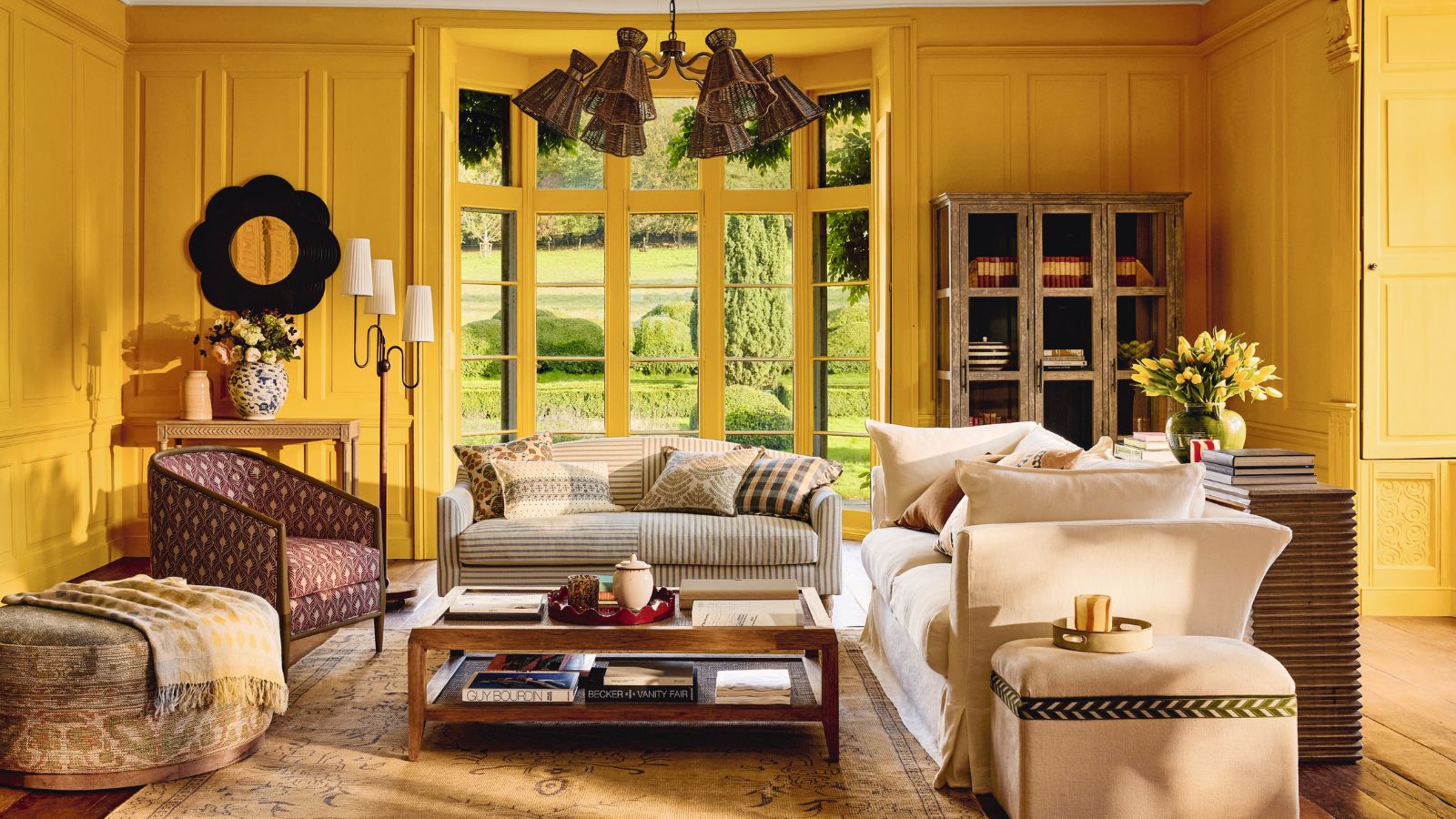 I’m an HVAC technician, and this is when I turn my AC on each year – plus 5 checks I always do beforehand
I’m an HVAC technician, and this is when I turn my AC on each year – plus 5 checks I always do beforehandSave yourself an AC hassle by running my checks and turning it on before big heat hits
By Josh Mitchell Published
-
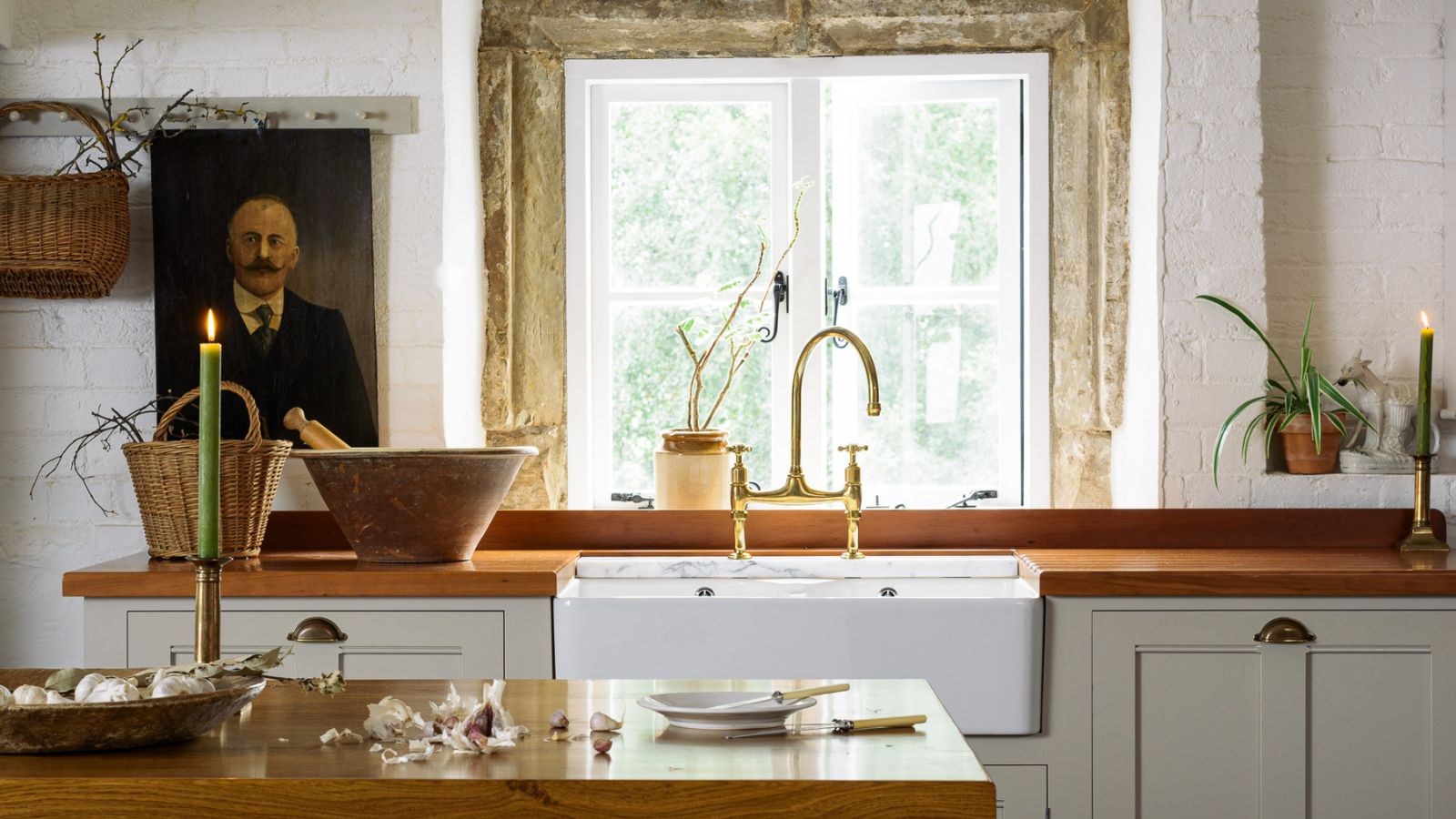 This simple marble hack elevates my budget-friendly wooden kitchen countertops and prevents the dreaded water damage for way less than you’d think
This simple marble hack elevates my budget-friendly wooden kitchen countertops and prevents the dreaded water damage for way less than you’d thinkThis design trick looks expensive, solves a problem, and was the easiest decision I made during my kitchen reno
By Charlotte Olby Published